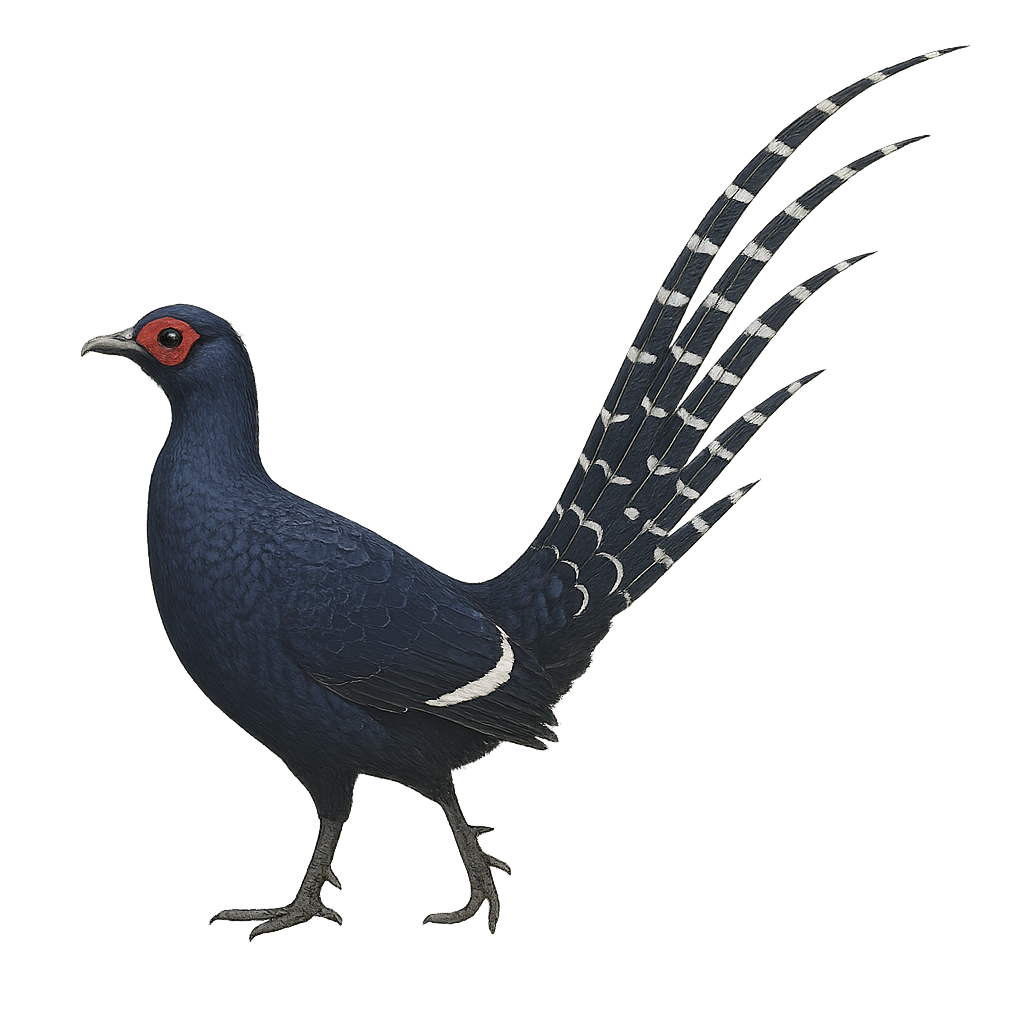Your wildlife photography guide.
Explore the mikado pheasant in detail, study its behavior, prepare your shots.
Where to observe and photograph the mikado pheasant in the wild
Learn where and when to spot the mikado pheasant in the wild, how to identify the species based on distinctive features, and what natural environments it inhabits. The WildlifePhotographer app offers tailored photography tips that reflect the mikado pheasant’s behavior, helping you capture better wildlife images. Explore the full species profile for key information including description, habitat, active periods, and approach techniques.
Mikado Pheasant
Scientific name: Syrmaticus mikado

IUCN Status: Near Threatened
Family: PHASIANIDAE
Group: Birds
Sensitivity to human approach: Shy
Minimum approach distance: 10 m
Courtship display: March to June
Incubation: 25-27 jours
Hatchings: April to July
Habitat:
Mountain forests, alpine meadows
Activity period :
Primarily active during the day, with peak activity in the morning and late afternoon.
Identification and description:
The Mikado Pheasant (Syrmaticus mikado) is an elegant and rare bird, endemic to the mountains of Taiwan. This pheasant is distinguished by its dark, glossy plumage with metallic blue-green sheen. Males feature long tail feathers, while females are more subdued with mottled brown plumage. They primarily inhabit mountain forests, feeding on seeds, fruits, and insects. The Mikado Pheasant is a culturally significant symbol in Taiwan, often associated with beauty and grace. However, it is threatened by habitat loss and illegal hunting, making it a protected species.
Recommended lens:
400mm – adjust based on distance, desired framing (portrait or habitat), and approach conditions.
Photography tips:
To photograph the Mikado Pheasant, it is advisable to use a telephoto lens of at least 400mm to capture detailed images without disturbing the bird. The mountain forests where it resides provide a beautiful natural setting but can be dark, requiring good light management. Favor early morning hours for soft light and to avoid harsh shadows. Be patient and discreet, as this bird is shy and sensitive to sudden movements.
The WildlifePhotographer App is coming soon!
Be the first to explore the best nature spots, track rutting seasons, log your observations, and observe more wildlife.
Already 1 429 wildlife lovers subscribed worldwide

